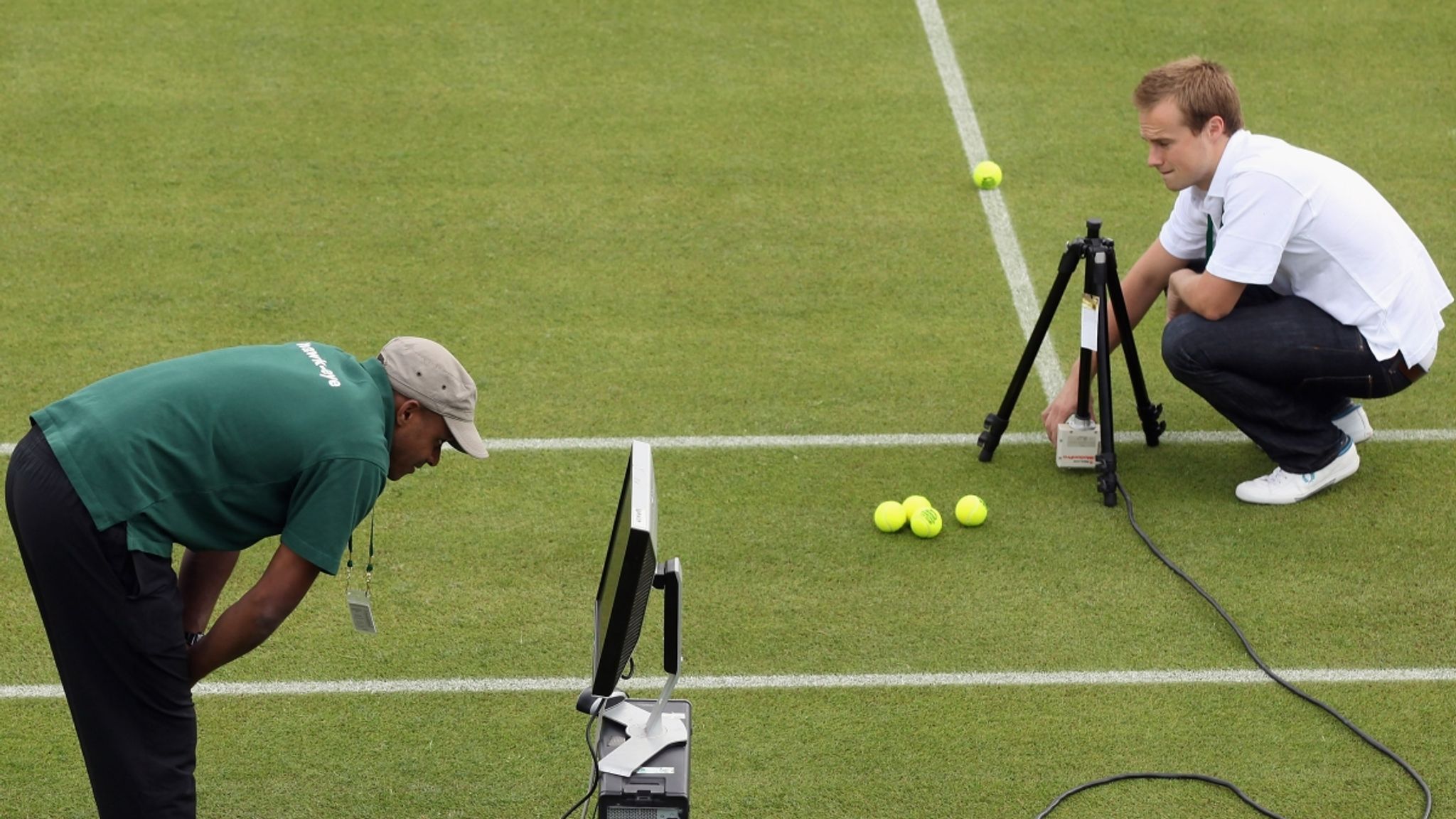Sport
AI in Sports, AR in Sports, Athlete Performance Technology, Blockchain Sports, Digital Transformation Sports, Esports Growth, Fan Engagement Technology, Future of Fandom, Online Sports Streaming, Sports Broadcasting, Sports Data Analytics, Sports Industry Innovation, Sports Tech Trends, VR in Sports
Bruce Jones
0 Comments
The Digital Transformation of Sports: How Technology Redefines Fandom and Engagement
The world of sports is undergoing a profound revolution. Driven by rapid technological advancements, the digital transformation sports is experiencing is reshaping every facet of the industry. From how games are broadcast and consumed to how fans engage with their favorite teams and athletes, technology is redefining the very essence of fandom and competition. This evolution creates unprecedented opportunities for immersive experiences, personalized content, and deeper connections.
Broadcasting Redefined: From Radio Waves to Immersive Streams
The way we watch sports has evolved dramatically, continuously pushing the boundaries of accessibility and immersion.
The Evolution of Sports Media
- Early Days (Radio & TV): Sports broadcasting began with radio in the early 20th century, bringing games to a wider audience. Television further revolutionized this by adding visuals, with the first televised Olympic Games in 1939. Innovations like instant replay and multi-camera angles enhanced the viewing experience.
- The Streaming Revolution: The advent of the internet and smartphones ushered in the era of streaming. Fans can now watch live games and on-demand content anytime, anywhere, on virtually any device. This shift has led to major media companies launching their own streaming services and partnering with digital platforms. Digital sports viewership surpassed traditional TV viewership in 2023, a trend that continues to accelerate.
- Immersive Technologies: The next frontier involves Augmented Reality (AR) and Virtual Reality (VR). Technologies like Apple Vision Pro and MetaQuest headsets are enabling fans to watch multiple games simultaneously, view real-time player statistics overlaid on the broadcast, or even virtually “enter” the stadium. This creates a deeply immersive and personalized viewing experience.
Fan Engagement Technology: Connecting Like Never Before
Technology has transformed passive spectators into active participants, fostering deeper connections between fans, teams, and athletes.
The Power of Social Media
Social media platforms have become central to sports fandom. They provide:
- Real-Time Updates: Fans follow live game statistics, get instant updates, and access behind-the-scenes content on platforms like Twitter, Instagram, and TikTok.
- Interactive Content: Teams engage fans through polls, quizzes, and challenges. Fans can vote for player of the match or predict outcomes, giving them a stake in live events.
- Athlete-Driven Engagement: Athletes use social media to share personal moments, training routines, and interact directly with fans through Q&A sessions. This humanizes athletes and builds stronger emotional bonds.
- Community Building: Social media groups and forums create virtual stadiums where fans from around the world can connect, discuss, and share their passion, expanding fandom beyond geographical limits.
Emerging Engagement Technologies
Beyond social media, new technologies are creating novel ways to engage fans:
- AI-Powered Personalization: AI algorithms analyze fan preferences to deliver customized content, merchandise recommendations, and tailored experiences, enhancing relevance and conversion rates.
- Blockchain and NFTs: Blockchain technology is enabling new fan ownership models and digital collectibles. Fan tokens allow supporters to vote on team matters (e.g., jersey designs), fostering a sense of belonging and opening new revenue streams. NFTs offer unique digital memorabilia and exclusive access.
- Gamification: Integrating game-like elements into fan interactions, such as prediction challenges or interactive quizzes within messaging apps, keeps fans engaged and creates a more dynamic experience.
Data Analytics: The Brains Behind Performance and Strategy
Data analytics has become indispensable in modern sports, driving performance optimization, tactical insights, and even business decisions.
On-Field Performance Enhancement
- Player Tracking: Wearable technology (GPS trackers, heart rate monitors) and advanced computer vision systems collect granular data on player movements, physical exertion, and biomechanics. This data informs training programs, workload management, and injury prevention.
- Tactical Analysis: Data analytics provides in-depth insights into opponent strategies, team formations, and play patterns. Coaches use this information to refine game plans and make real-time tactical adjustments during matches.
- Injury Prevention: Predictive analytics models identify risk factors for injuries, allowing medical teams to implement proactive load management strategies and optimize return-to-play protocols.
Off-Field Business Optimization
- Fan Data Monetization: Analyzing fan behavior data enables personalized marketing, optimizes sponsorship targeting, and enhances media rights deals.
- Revenue Optimization: Dynamic ticket pricing, merchandise sales optimization, and venue capacity management are driven by data analytics, maximizing profitability.
- Talent Scouting: Advanced metrics and AI-powered scouting tools help identify and nurture talent, revolutionizing player recruitment.
Challenges in the Digital Transformation of Sports
Despite its immense potential, the digital transformation sports faces several significant hurdles.
Key Obstacles
- Data Privacy and Security: The vast amount of personal and performance data collected raises complex privacy concerns and cybersecurity risks. Compliance with regulations like GDPR is crucial.
- Resistance to Change: Traditional sports organizations may face internal resistance to adopting new technologies and processes, requiring effective change management strategies.
- Cost and Infrastructure: Implementing advanced digital solutions can be expensive, particularly for smaller organizations. Ensuring reliable digital infrastructure and connectivity is also a challenge.
- Balancing Tradition and Innovation: Striking a balance between catering to tech-savvy fans and maintaining the authenticity and traditional appeal of live sports events is a delicate act.
- Algorithmic Bias: AI-driven tools must be carefully designed to avoid biases that could lead to discriminatory practices in areas like talent identification or fan engagement.
The Future: A More Connected and Intelligent Sports Ecosystem
The digital transformation sports is undergoing is an ongoing journey. The future promises an even more connected, intelligent, and personalized sports ecosystem. Emerging technologies like 5G, advanced AI, and the continued evolution of AR/VR will further blur the lines between physical and digital experiences.
Sports organizations that embrace these challenges and strategically leverage technology will not only enhance performance and engagement but also unlock new avenues for growth and value creation. The ultimate goal is to create a dynamic and inclusive environment where fans, athletes, and the industry thrive together in a digitally transformed world.














Post Comment